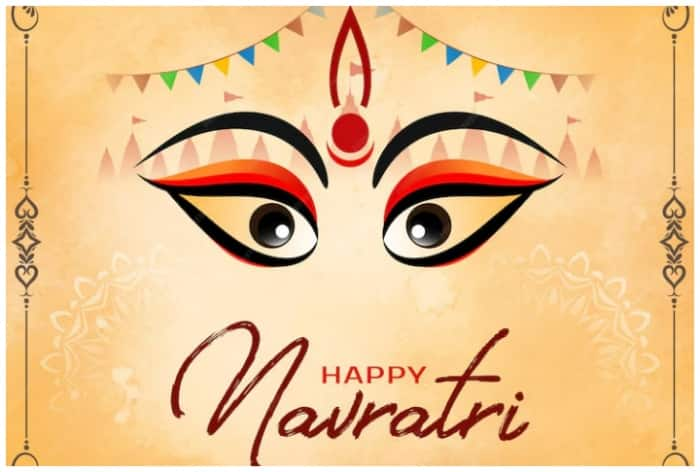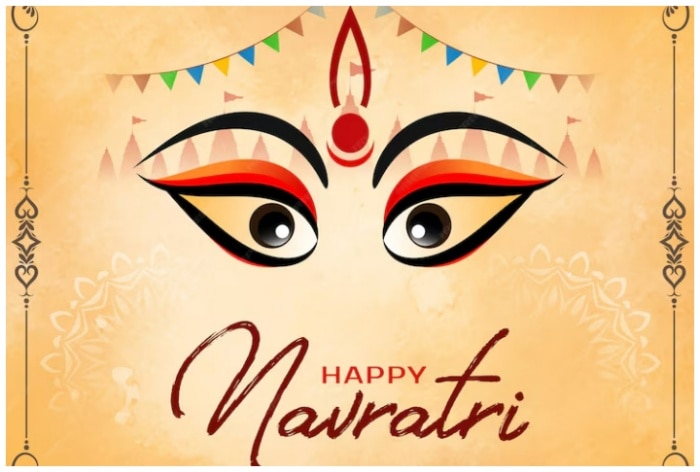Chaitra Navratri celebrates the nine forms of Goddess Durga and each day has also a defined colour assigned to here. Here is a day-wise significance of colour list for Navratri.

Chaitra Navratri is one of the most auspicious festivals marked in the Hindu calendar. It is the time of the year when the aura is filled with harmonious, pious and positive vibes. Navratri is a nine-day festival that celebrates and honours the nine avatars (forms) of Maa Durga. The Chaitra Navratri begins from April 9 and will continue till April 17 this year. Apart from observing fast, and following a diet, people also dress according to the colour of the day. Navratri also has nine different colours that have their significance in accordance with the different incarnations of Goddess Durga.
CHAITRA NAVRATRI: WHAT ARE THE NINE AVATARS OF MAA DURGA
Nine forms of Maa Durga worshipped during Chaitra Navratri are:
- Maa Shailputri
- Maa Brahmacharini
- Maa Chandraghanta
- Maa Kushmanda
- Skanda Mata
- Maa Katyayani
- Maa Kaalratri
- Maa Mahagauri
- Maa Siddhidatri
CHAITRA NAVRATRI 2024: 9 COLOURS AND ITS SIGNIFICANCE
During these nine days, devotees also follow the nine colours assigned as good fortune for each day, here is a day-wise colour list and its significance:
- Day 1 is Red: First Navratri is dedicated to Maa Shailputri and is celebrated by wearing red colour. It represents passion, love and energy. It also sy,bolises the chunri that is offered to Mata Shailputri signifying vitality and vibrance.
- Day 2 is Royal Blue: Just like the aura of the shade, the second day is dedicated to Goddess Brahmacharini who is worshipped to dispel darkness. Royal blue is a striking shade that is elegant, stylish and balanced.
- Day 3 is Yellow: Yellow comes with an entailing feeling of happiness and immense happy energy. This is for honouring Maa Chandraghanta. This incarnation of the goddess is a harbinger of peace and tranquillity. Like the vibe of yellow, the third day is all about spreading positive vibes and excitement.
- Day 4 is Green: Maa Kushmanda is worshipped on the fourth day. Green signifies new beginnings, evokes a sense of serenity, and fertility and also highlights the essence of nature.
- Day 5 is Grey: Panchmi is dedicated to Maa Skandamata. The day and incarnation and the colour represent a sense of having a balance and being grounded.
- Day 6 is Orange: Maa Katyayani is honoured on the shashti. Orange exudes warmth and instils positive energy.
- Day 7 is White: White in itself speaks of tranquillity, peace and softness. This day is dedicated to Goddess Kaalaratri to be able to attain inner peace.
- Day 8 is Pink: The innocence of pink is for worshipping Maa Mahagauri on the second last day of Chaitra Navratri. This colour is significant for love, peace and happiness.
- Day 9 is Sky Blue: Blue is a symbol of the grandeur of the sky, the vastness of divinity. Maa Siddhidatri is worshipped on the last day and also ends Navratri on a note to keep pushing through new horizons.
It is not compulsory to follow the colour codes for all the nine days. At the end, it is all about celebrating and worshipping the incarnations of Goddess Durga with utmost earnestness and purity in heart.
Happy Navratri!

